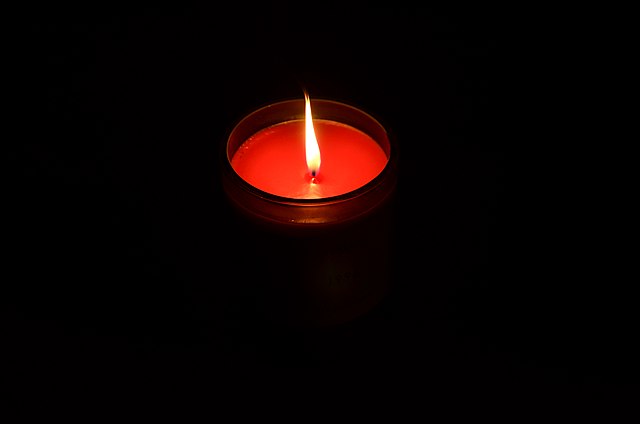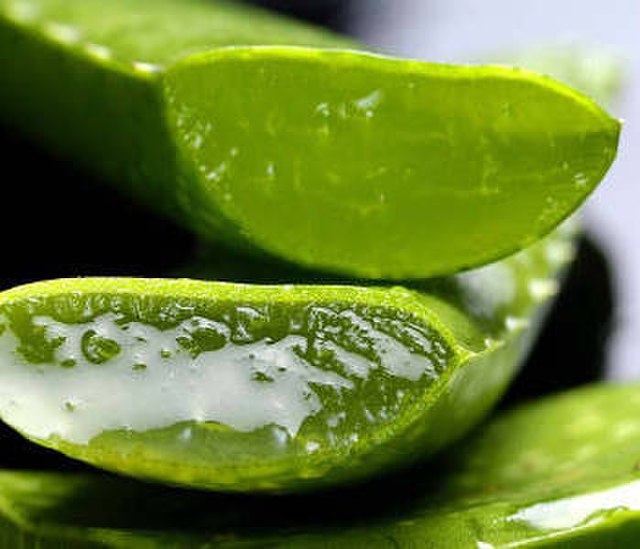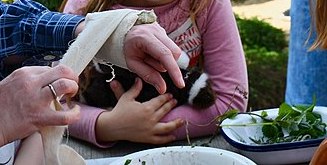External Uses of Medicinal Plants
AROMATHERAPY

Herbal medicine may also be applied via aromatherapy. Aromatherapy is a form of holistic healing that relies on extracts of herbs and botanicals (especially in the form of aromatic essential oils) to promote wellness and well-being via inhalation. Whether traditional or alternative, aromatherapy is, essentially, a complementary treatment and does not provide a cure for illness. Rather, it supports mental wellness and fortitude which may aid in pain management and with remedying the discomforts of other maladies.
Aromatherapy is therefore useful in supplementing conventional health treatments by improving psychological well-being, which in turn boosts physical well-being. Because the inhalation of essential oils stimulates the olfactory system (the part of the brain responsible for smell, which includes the nose and the brain), essential oils help to improve the health of the body and mind. Essential oils are extracted from a plant’s flowers, leaves, stalks, bark, rind, or roots. The oils are commonly used in a water base, whether in a humidifier, a spray bottle for misting, or in a steam bath, to provide respiratory disinfection and decongestion. Aromatherapy is also used to reduce nausea, fatigue, headaches, circulatory problems, menstrual problems, insomnia, and depression.
The inhalation of essential oils particularly supports emotional health by providing stress relief and reducing anxiety. Aromatherapy is popularly enjoyed via scented candles, and the light of the candle complements the pleasant aroma, together acting as a mood enhancer. Lavender and geranium are classic botanical choices, thyme and peppermint are popular herbal selections, ginger and clove oil are excellent spice options, and bergamot and sweet orange are typical citrus preferences.

BATHS

A herbal bath is an infusion of various medicinal herbs and flowers in hot water that requires bodily immersion for physical and mental rejuvenation and well-being. The medicinal properties of the selected herbs and flowers are absorbed through the body’s largest organ – the skin – and the healing benefits of herbal baths are boosted with the addition of essential oils and minerals. Altogether, herbal baths serve a multiplicity of purposes and are most beneficial when particular constituents are selected to serve a specific need.
Herbal baths taken for the following purposes typically include some of the below mentioned herbs and essential oils:
• De-stress/relax: chamomile, lavender, lemon balm, linden flower, passion flower, hops
• Detox: ginger, eucalyptus, lavender, peppermint, Echinacea, oregano
• Soothe sore muscles and joints: chamomile, lavender, ginger, sage, stinging nettle, pimento
• Soothe skin irritation and bruises: aloe vera, chamomile, calendula, parsley, tea tree
• Soften skin: calendula, chamomile, comfrey, dandelion, marshmallow, lavender, rose
• Improve circulation: peppermint, ginger, parsley, gingko biloba, thyme, rosemary, pimento
• Fight infection: eucalyptus, sage, oregano, Echinacea, goldenseal, linden flower
• Fight fatigue: peppermint, ginger, ginseng, rosemary, sage, pimento
• Lower blood pressure: orange blossom, basil, thyme, parsley, cinnamon
OIL MASSAGES

Oil massages are a topical form of using herbal infusions for health and wellness. Herbs and botanicals are usually infused in a carrier oil (such as sweet almond oil, apricot oil, or grapeseed oil – light oils readily absorbed by the skin) over a period of days or weeks to extract the medicinal properties of the herbs.
Oil massages are a form of aromatherapy when essential oils (such as lavender, geranium, and eucalyptus) are added to the blend. Rubbing an oil blend consisting of peppermint, eucalyptus and rosemary on the temples is excellent for stimulating the brain and for boosting concentration, whereas a blend consisting of lavender and chamomile promotes relaxation and sleep.
Because the oils are absorbed through the skin – which is the largest organ of the body – oil massages are able to provide fast relief for physical aches and pains since the medicinal properties of the herbs are combined with the physical manipulation of a massage. Oil massages are especially beneficial when applied to pulse points to boost circulation and speed recovery as the manual stimulation helps to carry nutrients to the muscles while eliminating toxins. Soreness from oil massages are usually the body’s response to inflammation as it heals. Oil massages also help the body to retain moisture.
It is important to note that essential oils should never be applied directly to the skin but, instead, by diluted in a carrier oil. This is because essential oils have their own chemical makeup and are concentrated in form. If used incorrectly, their natural potency may become harmful to the user and trigger an allergic response. Pregnant women, for example, are usually advised not to use essential oils during their first trimester, and nursing mothers are also advised against using peppermint oil specifically because it may be expressed in the breast milk. Citrus oils are particularly photosensitive and increase the risk of sunburn when applied to the skin.
To achieve a 0.5 to 1 percent dilution, use 3 to 6 drops of essential oil per ounce of carrier. For a 5 percent dilution, add 30 drops to one ounce of carrier. A maximum concentration of 5 percent is generally considered safe for adults.
OINTMENTS/ SALVES/BALMS
As with poultices, topical treatments (such as ointments, salves, and balms) that consist of herbal and botanical ingredients are excellent treatments for the body, whether it is the skin, muscle, or bone that is being treated. These topicals are made by combining herb and botanical constituents with oils (carrier and essential oils), beeswax or aloe vera gel.

Ointments, salves, and balms are oftentimes used interchangeably; however, there is a slight distinction between them. Ointments are the softest in texture of the three topicals. They are more readily associated with medicinal treatment as they are commonly used to treat skin concerns such as eczema and psoriasis. Ointments are generally useful in treating skin irritations, such as rashes, insect bites, and sunburn.

Salves are a subset of ointments. They are typically harder than ointments in texture but are still soft and are able to absorb deeply into the skin. Salves are useful in treating scrapes, cuts, sores, and wounds and bruising. Balms are the thickest in consistency and texture. Unlike ointments and salves, balms are created to sit atop the skin rather than absorb in it completely. Balms therefore provide a protective barrier on the skin which also helps to lock in moisture in the skin. Balms are excellent for treating cracked skin, chafing, and dry skin overall, and are also used to prevent diaper rash.
POULTICE
A poultice is a paste-like herbal treatment that is applied topically to the skin to draw impurities from wounds and treat aching and inflamed parts of the body. A clean cloth is typically used with the herbal paste to provide the moist heat and to keep the treatment in place. Typical application time is 10-15 minutes.

Poultices may include any or a combination of plant parts, such as leaves and roots, which are crushed to a pulpy mass. Oftentimes, other ingredients (such as flour, cornmeal or bran) are added to give a thicker consistency to the mixture, while salt, sugar, rum, honey, and mud/clay may be added to increase the potency of the poultice.
Aloe vera, leaf of life, and tuna are popular medicinal plants that are oftentimes used on their own to create an efficacious poultice. Aloe vera is used to soothe and heal burns and sunburn, as well as to draw out infections in wounds. Leaf of life is commonly used to treat insect bites and boils and tuna is oftentimes used to reduce swelling, especially of the feet. Spices are also excellent ingredients for poultices. A pimento poultice, for example, helps to relieve rheumatic pains in the joints, and freshly grated garlic is useful for treating fungus on the skin, such as ringworm. Similarly, herbal tea bags are used on their own as poultices, after being steeped. They can be especially useful in absorbing discharges from abscesses.
In essence, poultices provide anti-inflammatory, anti-bacterial, and anti-fungal benefits. They are used to treat insect stings, wounds and infections, soothe sores and bruises, ease pain and swelling from sprains and strains, and to treat chronic inflammation and tumours below the skin.
